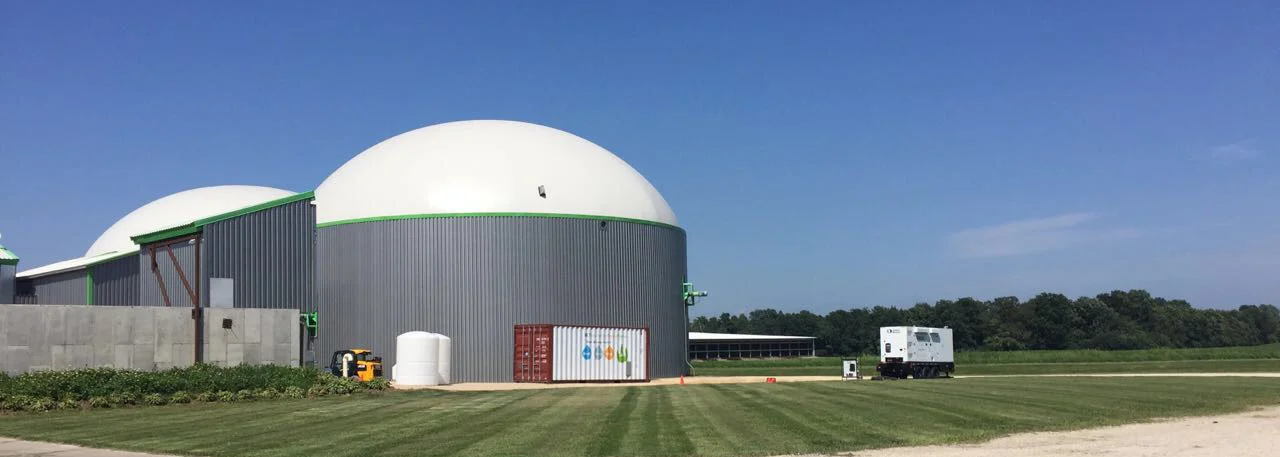NUTRIENT Recovery
Prepare digestate for RO nutrient concentration by removing 100% of suspended solids in one step
The suspended-solid free permeate from FMX, which is rich in nitrogen and potassium, can be further refined by conventional RO or thermal concentration systems to produce liquid fertilizer and clean water for reuse or discharge.
Since most phosphorus in digestate exists in particulate form, the high-solids FMX concentrate can be used as a phosphorus rich soil amendment that is low in ammonia. This concentrate stream is flowable and pumpable for dragline applications.
Separating phosphorous and inorganic nitrogen will allow for total control over NPK application ratios in your field. No matter the amount of digestate produced, FMX will help meet nutrient management goals and avoid damaging crops. By reducing the volume of nutrient-rich digestate produced onsite, you can minimize storage costs during the winter season and increase livestock production independently of receiving farmlands.
Project Overview
A dairy farm in Wisconsin produces 80,000 gallons of digestate per day, which contains valuable nutrients. A nutrient recovery project is designed to recover and sell valuable nutrients to increase the revenue of the biogas plant.
Goals
Remove 100% of suspended solids from the digestate prior to downstream reverse osmosis to further concentrate and recover valuable dissolved nutrients
Challenges
Prior to applying FMX technology, diary digestate was almost impossible to treat with conventional membrane filtration technologies because its high fouling potential due to high solid, high viscosity, and high density.
Solution
With the combination of coarse pretreatment, FMX ultra-filtration, and conventional RO, both phosphorus and nitrogen can be efficiently removed from the digestate and sold as valuable fertilizer.
Since the majority of phosphorus attached in large particles in the digestate, the concentrate from the coarse pre-treatment will be rich in phosphorus and can be sold off as valuable soil amendment.
Once the digestate is treated with FMX, the permeate will be rich in nitrogen in highly soluble ammonium form. It can be used for immediate fertigation or sent to conventional RO for further concentration and volume reduction.
With the combination of coarse pretreatment, FMX ultra-filtration, and conventional RO, both phosphorus and nitrogen can be efficiently removed from the digestate and sold as valuable fertilizer.
Since the majority of phosphorus attached in large particles in the digestate, the concentrate f


